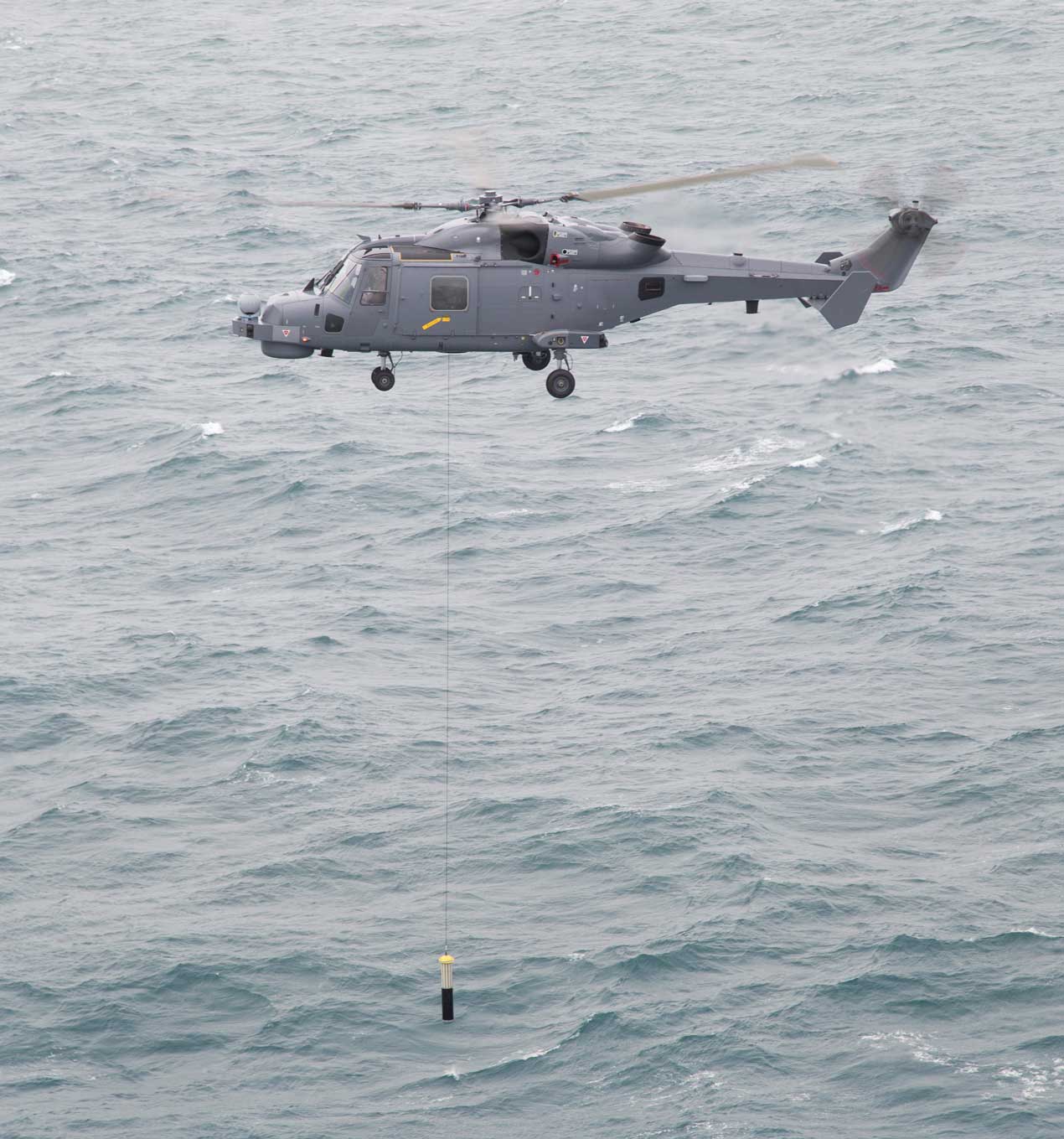New AI-Powered Acoustic Detection System for ASW
Thales's latest acoustic detection system fuses data from multiple sensors so navies can respond more quickly to threats.
22 October 2018

At Euronaval in Paris this week, Thales will launch a new integrated acoustics system, which uses multi-sensor data fusion and analysis to support real-time decision-making in anti-submarine warfare missions.
The BlueScan system was chosen by the French Defence Procurement Agency (DGA) to equip France's five future FTI medium-size frigates, which are being developed by DCNS.
Thales says its BlueScan integrated acoustics system gives naval forces a tactical advantage by adopting a collaborative approach to acoustic detection with multiple sensors operating in multistatic mode when needed.
The solution leverages advances in real-time Big Data analytics and Artificial Intelligence to provide automatic fusion, technical analysis and classification of heterogeneous data from acoustic sensors deployed by surface ships, aircraft, unmanned systems and sonobuoys.
Thales says the sonars in service today deliver increasingly high performance and relay acoustic data in such huge quantities, which is difficult for humans to process.
"The BlueScan solution is going to take the acoustic detection capabilities of naval forces to a new level,” said Alexis Morel, vice president for underwater systems activities at Thales. “It relies on artificial intelligence and Big Data analytics technologies to help human operators make the best decisions in real time on each decisive mission. Cybersecured by design, BlueScan will bring navies an unmatched tactical advantage to achieve their ambitions.”
Euronaval will also see Thales launch its 4D Active Electronically Scanned Aray (AESA) air and surface surveillance radar, the NS50, which is designed to help naval vessels combat an increasingly complex and sophisticated array of threats.
With NS50, Thales says it aims to bring the benefits of a 4D AESA radar to naval vessels where 2D radars are the standard. 4D, not only provides bearing, range and elevation (3D), but also in-depth analysis of the target’s Doppler and other characteristics, which Thales says results in vastly superior air and surface detection, tracking & classification performance compared to 3D (and certainly 2D) radars.
On the opening day of Euronaval at Le Bourget in Paris, Thales also announced a new "active/passive sonobuoy for monostatic and multistatic" ASW operations called SonoFlash
Euronaval runs from the 23–26 October.